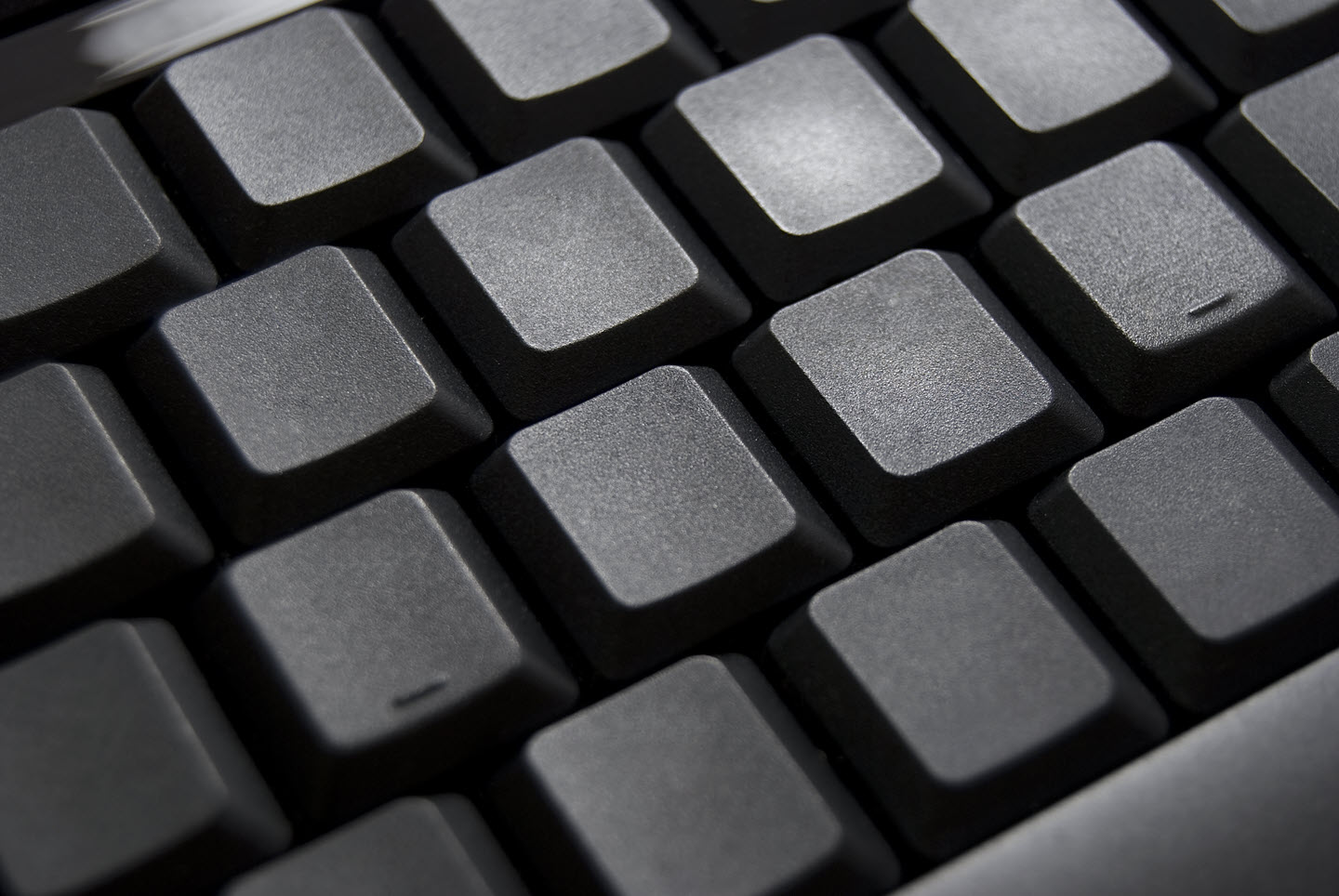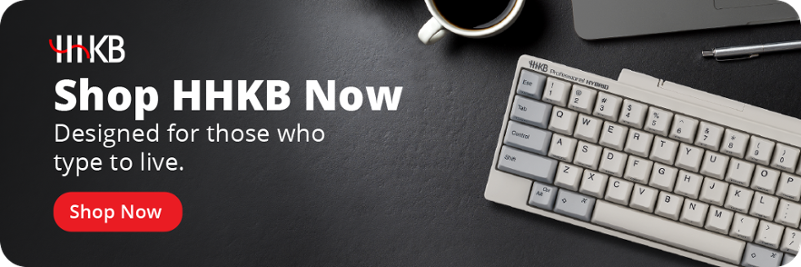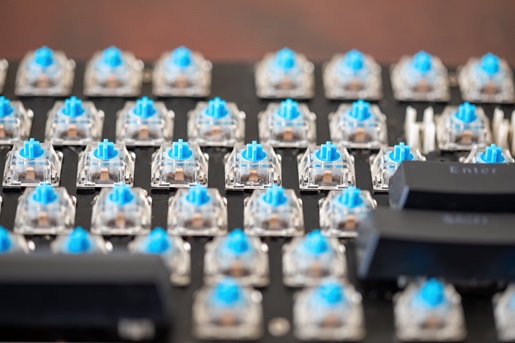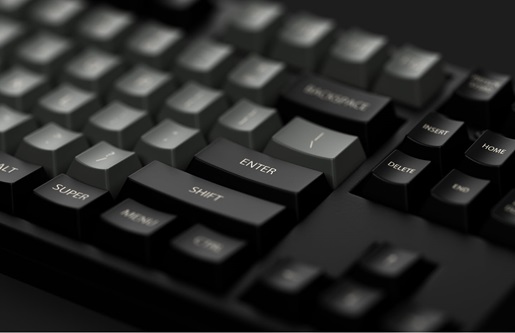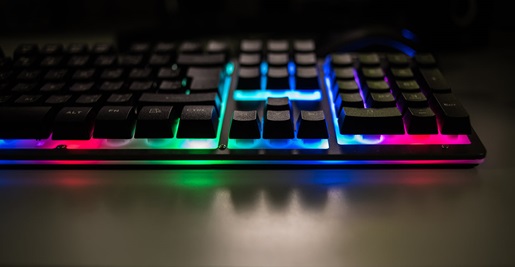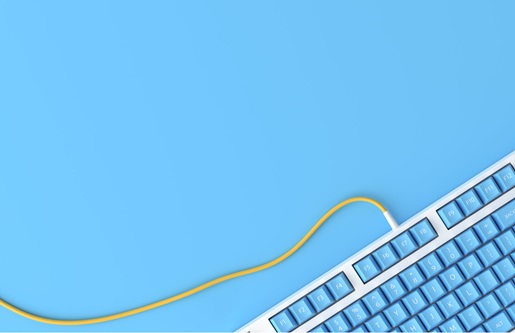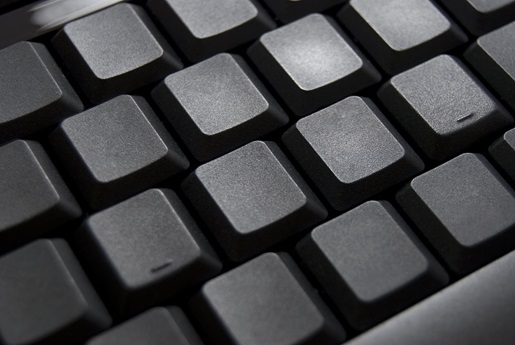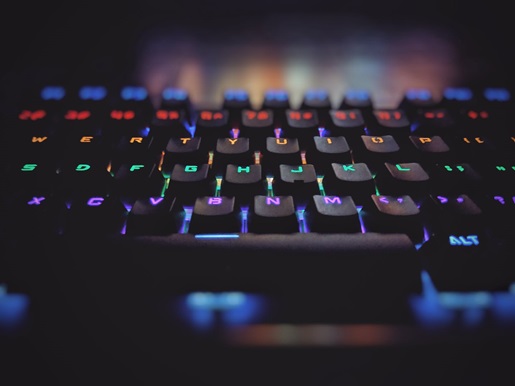Mechanical keyboards have lots of benefits over the alternatives, but what exactly are they?
If you work in an office, play PC video games, or have taken a stroll through an electronics store, then there’s a good chance that you’ve at least seen or heard of a mechanical keyboard. With a satisfying extra level of clickiness and ergonomic keys, mechanical keyboards stand out from the crowd. But what is a mechanical keyboard and what purpose does it serve in the first place? Here’s everything you need to know about mechanical keyboards and their benefits.
Jump to a section:
- What is a Mechanical Keyboard?
- Mechanical keyboards vs membrane keyboards
- Mechanical keyboards: Who are they for?
- Mechanical keyboard benefits
- Mechanical keyboard switches explained
- Mechanical keyboard customization options
- Modern advancements in mechanical keyboards
- Myths and misconceptions about mechanical keyboards
- How to maintain and clean a mechanical keyboard
- Choosing the right mechanical keyboard
What is a Mechanical Keyboard?
A mechanical keyboard is a keyboard with mechanical switches, which give each key the raised look they’re so well known for. It’s the core of what distinguishes mechanical keyboards from traditional membrane keyboards, which tend to be a bit smaller vertically. It’s not just about aesthetics though, as mechanical keyboards are meant to improve performance for just about anyone who regularly uses a computer. Mechanical keyboards are also durable compared to other options, so you’ll typically get a longer life out of them than you will with other options.
Mechanical keyboards vs membrane keyboards
Let’s dig a little deeper into what mechanical keyboards are and how they compare to the alternatives. The other common option on the market is what’s known as a rubber dome, or membrane, keyboard. The rubber domes on membrane keyboards aren’t as tactile as mechanical switches, so they give less feedback than mechanical keyboards do. When a membrane keyboard user presses a key, the rubber dome is compressed, making a connection with the keyboard’s wires and resulting in your keystroke being recognized.
Conversely, mechanical keyboards feature a stem that connects to a keycap. The stems have springs in them that register a keystroke by making a connection with a circuit whenever they contract. By using the spring system, mechanical keyboards eliminate the mushy feel that membrane keyboards are known for. The mechanical switch also makes each press more accurate and responsive.
Mechanical keyboards: Who are they for?
Everyone! Yes, mechanical keyboards are most common among professional typists, gamers, and programmers, but there’s no reason that everyone can’t enjoy what a mechanical keyboard brings to the table. Mechanical keyboards are one of the most diversely priced pieces of equipment in the consumer tech industry, so you’ll be able to find options anywhere from $20 all the way to $200 and beyond. And while some may find that extreme for a keyboard, there are compelling reasons to invest in a high-end option depending on how you plan to use it.
If you’ve never considered a mechanical keyboard before, it’s best to get hands-on with one to determine whether or not you like it. Most retail stores that carry keyboards will have them on display for you to feel, which will give you an idea of what you like and dislike. Give multiple mechanical keyboards a try, too, as there are different switches across models that have different feels. If you exist in any form of niche that uses a computer regularly, there’s more than likely a mechanical keyboard out there that offers specific features for your exact needs.
Did You Know? The HHKB layout repositions the control key to make it easier to execute more time-saving commands without leaving the home row. Click here to learn more.
Mechanical keyboard benefits
The mechanical keyboard community is full of enthusiastic fans who are happy to share their favorite keycaps or advice about cleaning and maintenance. What is it about these boards that inspires such devotion? There are a number of benefits:
- Customization: One of the main draws of mechanical keyboards is how easy they are to customize. With so many colors, finishes, and profiles to choose from, you can create a board that matches your personality and change it up as the mood strikes — more on that below.
- Ergonomics: Mechanical keyboards are generally designed with ergonomics in mind, offering a more comfortable typing experience through responsive keys and customizable keycap profiles that best suit your typing style. Beyond key feel, ergonomic benefits can also come from keyboard layouts. Consider, for example, TKL keyboards, which are designed to reduce hand movement.
- Typing experience: Do you like your keys to make a satisfying “thock” sound as you hit them? Or do you prefer being quiet as a mouse when typing? With mechanical keyboards, the entire spectrum of sounds, and tactile feelings are available, which is another reason so many are enamored with these typing companions.
- Durability: Mechanical switches are designed to withstand heavy usage over time, with a lifespan of between 20 to 50 million keystrokes. One top-rated comment on the HHKB community on subreddit confidently states that the HHKB Hybrid “will outlive you no matter how much you use it.”
Mechanical keyboard switches explained
So, you’ve made the journey to your local office supply store and found a few suitable mechanical keyboards, but you may be surprised to learn that each option feels slightly different than the others, whereas membrane keyboards feel more or less the same. This is because there’s a broad range of mechanical keyboard types that offer a diverse range of switches, each option being of different quality and feel. Even those that are just getting familiar with mechanical keyboards will notice a tangible difference when going hands-on. You may also find clicky switches, which many people find fun. Here’s a quick breakdown of the differences:
Linear switches
Linear switches will feel smooth as they’re pressed down and are a bit more responsive, meaning your inputs will be recognized faster. It’s less clear that you’ve made a keystroke when you’re using a linear switch, but the responsiveness is good for gamers, who will typically hold down the WASD keys to move around in-game. Cherry MX Red switches are a common linear switch.
Tactile switches
As the name suggests, tactile switches are more about the feel, giving clear feedback when a keystroke has been made. That makes tactile switches more suitable for typists than linear switches are, but it is a matter of personal preference. Tactile switches feature a bump at their actuation point that linear switches don’t have, which is responsible for their titular feel. Cherry MX Brown switches and HHKB’s Topre switches are two such tactile switches.
Clicky switches
Finally, clicky switches are similar to tactile switches, though they also incorporate some audio feedback that makes them a bit louder. Clicky switches can be fun to use, as the sound they make is somewhat reminiscent of classic keyboards found with computers like 1984’s Apple Macintosh. Do note, however, that they can come across as a bit obnoxious if you’re on a call with an open microphone.
Other switch types
Keep in mind that there are also optical switches that exist in their own unique category. Optical switches are different from mechanical switches in that they use light to determine their actuation point rather than a mechanical connection. They are typically more responsive than mechanical keyboards, but they also carry a premium price tag.
Hybrid mechanical membrane keyboards are another option, though it’s one of the smaller subcategories of keyboards. They’ll usually offer the same rubber dome connections that membrane keyboards feature, but they’re made to feel more tactile and responsive. If you like the feel of a mechanical keyboard but are put off by the large, raised look of the keys, then a hybrid keyboard is a good option as it will normally have a stronger resemblance to a low-profile membrane keyboard.
Mechanical keyboard customization options
What is a mechanical keyboard without customization? Aside from swappable switches, one of the biggest draws of a customizable board is using interchangeable keycaps. From the Ghibli-inspired Drop + Matt30 Susuwatari set to the delightfully purple Octopus PBT keycaps — to give you just a couple of examples — there are myriad designs on the marketplace.
If you want to go even deeper, here are some additional options to consider:
- Stabilizers: Stabilizers are extra parts that ensure larger keys travel consistently no matter where you press them. Different types of stabilizers can promote different kinds of typing experiences.
- Lube: If you’re not a fan of loud keyboards, you can use special lubricants to mute keycap sounds and make typing feel smoother.
- Case mods: Another option for dampening unwanted sounds is adding case foam or polyfill to keyboard cases.
That said, you don’t have to change everything (or anything) on a mechanical keyboard to get the full experience. Many enthusiasts are content to only swap out keys and switches or to enjoy the board fully as the manufacturer created it.
Modern advancements in mechanical keyboards
Keyboards have existed in some form since Henry Mill patented the first typewriter in 1714. Of course, things have changed quite a bit since then. While it may seem like little can be done to improve the standard 104 alpha-numeric key design that the world knows so well, consumer level mechanical keyboards have been home to near-constant innovation and improvement since the 1980s. Today, mechanical keyboards are seeing improved switches that are more responsive, quieter, and durable than older options.
Beyond the switches themselves, certain mechanical keyboards have started to introduce features built around their specific niche. For instance, a mechanical keyboard tailored around video editors may feature dedicated media scrollers that make it easier to navigate a timeline in applications like Adobe Premier.
Did You Know? Handy HHKB accessories such as a keyboard lid and adjustable stand help make the most of your board. Click here to learn more.
Myths and misconceptions about mechanical keyboards
As popular as they are, mechanical keyboards still have some misconceptions surrounding them. Chief among them is the idea that they’re only intended for “hardcore” users such as competitive gamers or programmers. Anyone who spends a lot of time at a computer can enjoy the ergonomic and customization benefits of mechanical keyboards. After all, if you spend much of your time typing, shouldn’t you do what you can to make that experience more enjoyable?
And while it’s true that some enthusiasts enjoy a thockier mechanical keyboard, they’re not all loud. As mentioned above, you can choose quieter switches or modify your board to dampen unwanted sounds.
Finally, there’s a myth that mechanical keyboards are simply too complicated for anyone but the most dedicated users. While tweaking your board to perfection is obviously more time-consuming than simply taking one out of a box and hooking it up to a computer, the process doesn’t have to be complicated. Ultimately, mechanical keyboards can be as simple or as complex as you want them to be.
How to maintain and clean a mechanical keyboard
There are some simple steps you can take to keep your keyboard in pristine condition. First, regularly wipe the board down with a microfiber cloth to remove dust and debris. Even with careful usage, however, you’ll eventually need to deep-clean your keys — oil from fingertips makes this inevitable. Consult your user manual, and reference the instructions provided in this article, to ensure you clean your keys properly without damaging the board or switches.
Choosing the right mechanical keyboard
It can feel a bit overwhelming narrowing down to the best possible fit, but as long as you keep in mind your specific needs you’ll almost certainly find a mechanical keyboard that suits you. Just keep tabs on what your primary use for it will be, how loud or quiet you’d like it to be, and how much feedback you want with each keystroke. Those metrics will help you whittle down options until you find your ideal match.
If you’re in the market for something new to type with, then the high-end keyboards from HHKB are a great option. With ergonomic designs, best in class Topre switches, and easy Bluetooth device switching, the HHKB line up is great for typists and coders at every level. Plus, their form factor makes them an ideal traveling companion for professionals on the go.
Note: Information and external links are provided for your convenience and for educational purposes only, and should not be construed, or relied upon, as legal or financial advice. PFU America, Inc. makes no representations about the contents, features, or specifications on such third-party sites, software, and/or offerings (collectively “Third-Party Offerings”) and shall not be responsible for any loss or damage that may arise from your use of such Third-Party Offerings. Please consult with a licensed professional regarding your specific situation as regulations may be subject to change.

